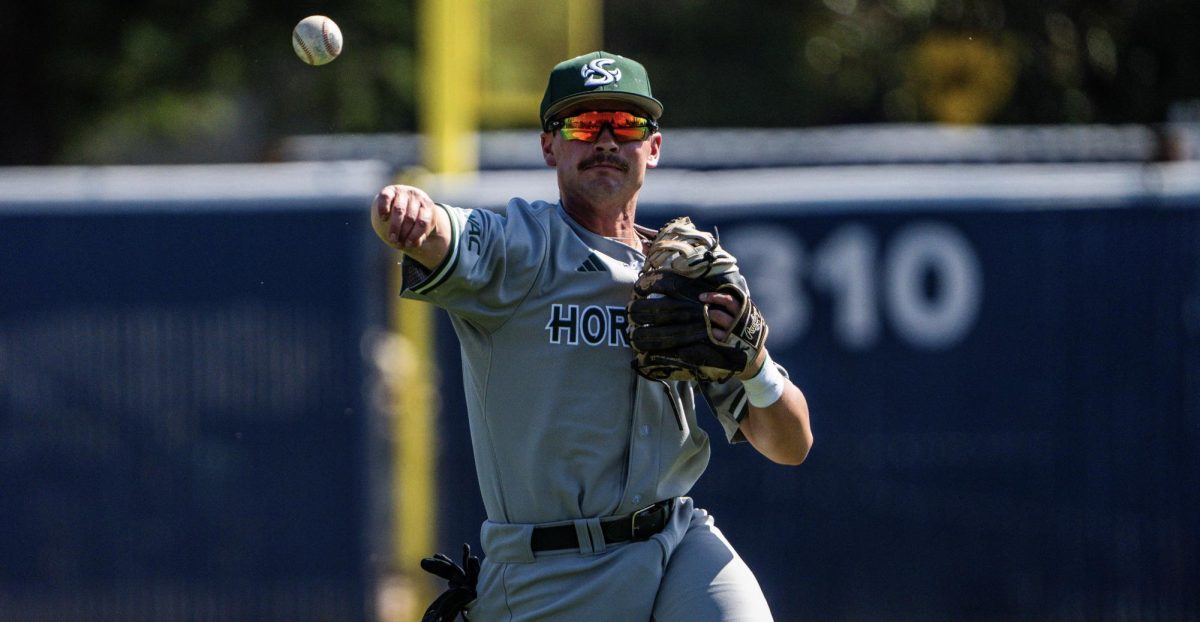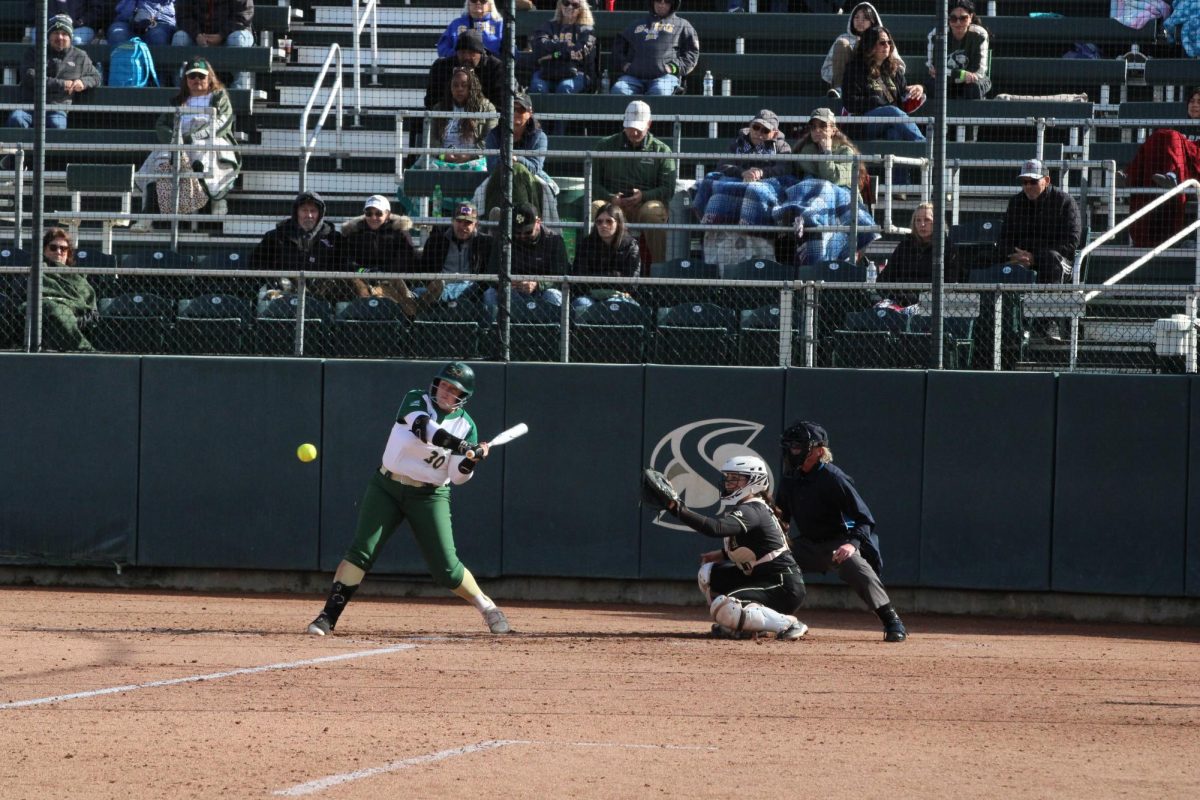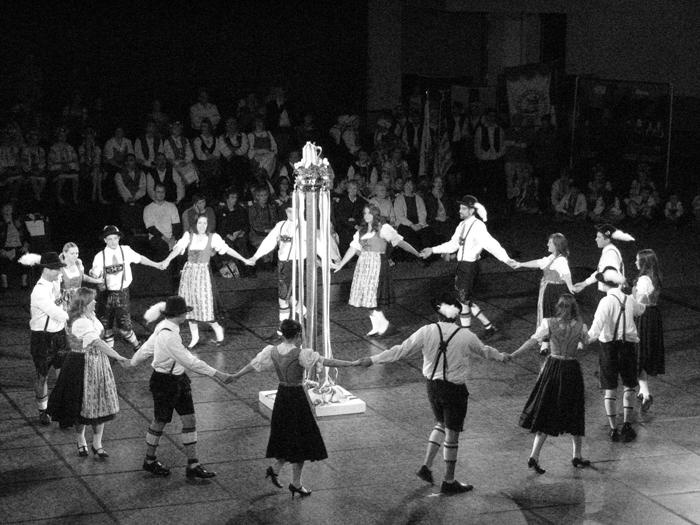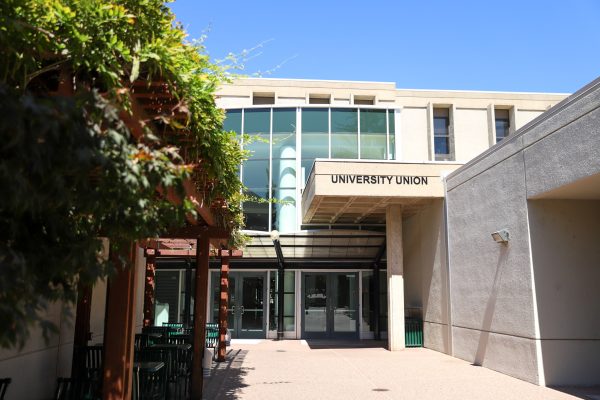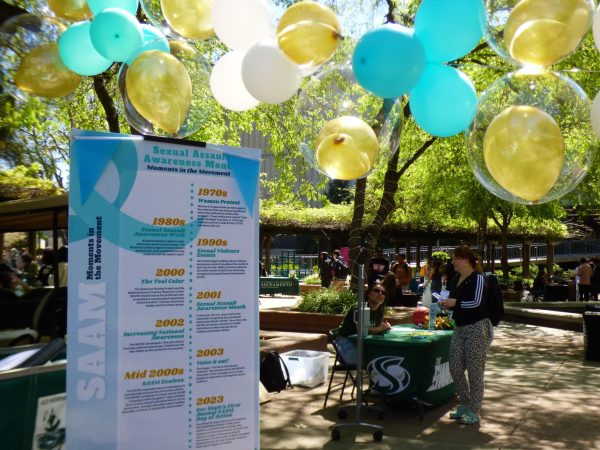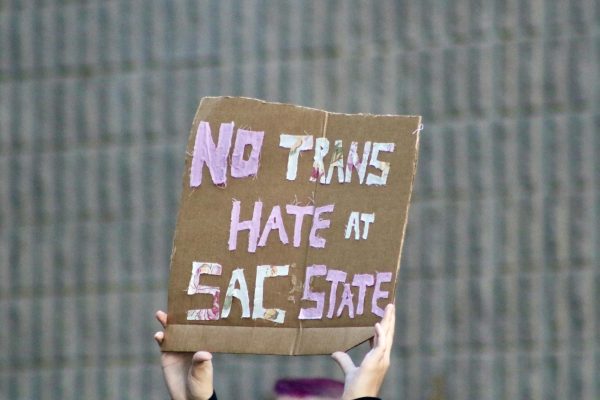Camellia Folk Dance Festival honors cultures of the world
Camellia Folk Dance 1:Austrian dance group Alpentanzer Schuhplattler danced at last year?s Camellia International Folk Dance Festival.:Photo courtesy of UNIQUE
March 2, 2011
The extent of knowledge most people have about ethnic folk dances usually stems from a long-forgotten P.E. lesson during a few rainy weeks in middle or high school, but the dancers in the Camellia International Folk Dance Festival could change all that.
The Camellia International Folk Dance Festival culminates on Sunday with 13 ethnic dance groups performing a concert at Sacramento State’s University Union Ballroom.
Though some of the dances may be familiar, such as Irish and Scottish dancing, other kinds from Romania and the Balkans might be harder to place. Students may find some of the countries represented at the festival surprising, as countries like Italy and the United States are not generally known for their folk dances.
Toba Goddard, president of the Sacramento International Folk Dance and Arts Council, participated in the festival when she was 17 years old and is now promoting the festival and its history. Goddard said the festival began as a flower show after camellias were brought to California and the Sacramento region during the Gold Rush. The Camellia Flower Show debuted in April 1924 and then evolved into a festival of dance and arts by 1956. The first full festival was held at the Memorial Auditorium, but this year marks the festival’s 11th year on Sac State’s campus.
Throughout the festival, which begins on Friday, there will be a dance party, dance performances and several workshops to teach students and attendees how to participate in each type of dance.
“We have a three-day festival where (dances are taught by) teachers that come from the countries (their dances) represent. (We have) two workshops where Balkan and Scandinavian dances (are taught),” Goddard said.
Goddard said one can distinguish each dance from its country of origin by the movements and patterns within the dance. Each culture has certain steps that signify what country it comes from. Goddard also said some dances are indigenous to specific villages within the country.
“(The steps of the dances) celebrate weddings, births, planting crops, preparing food …events that happen throughout life (which) all are causes for celebration,” Goddard said.
UNIQUE programs adviser Zenia LaPorte said she hopes to bring awareness and appreciation of other cultures through the festival.
“It’s been a successful festival as long as UNIQUE has been involved (the past) 10 years. (However,) the student population doesn’t attend as much as we want them to,” she said.
LaPorte encourages students to take advantage of the opportunities at the festival that they normally would not be able to find.
Kayla Oliverio can be reached at [email protected]







































